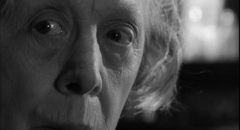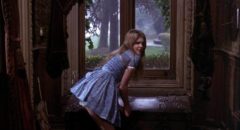
Another seemingly random collection of movies, this time including some cheap exploitation, cheesy fantasy, horror and noir. I revisit an old favourite, re-evaluate a low-budget Canadian film from the ’70s, and finally catch up with a couple of movies I’ve wanted to see for decades.








